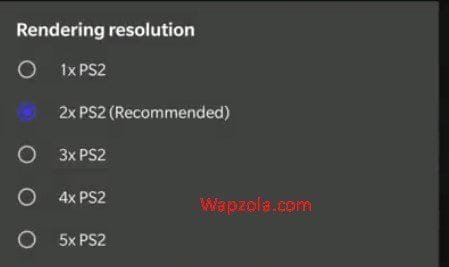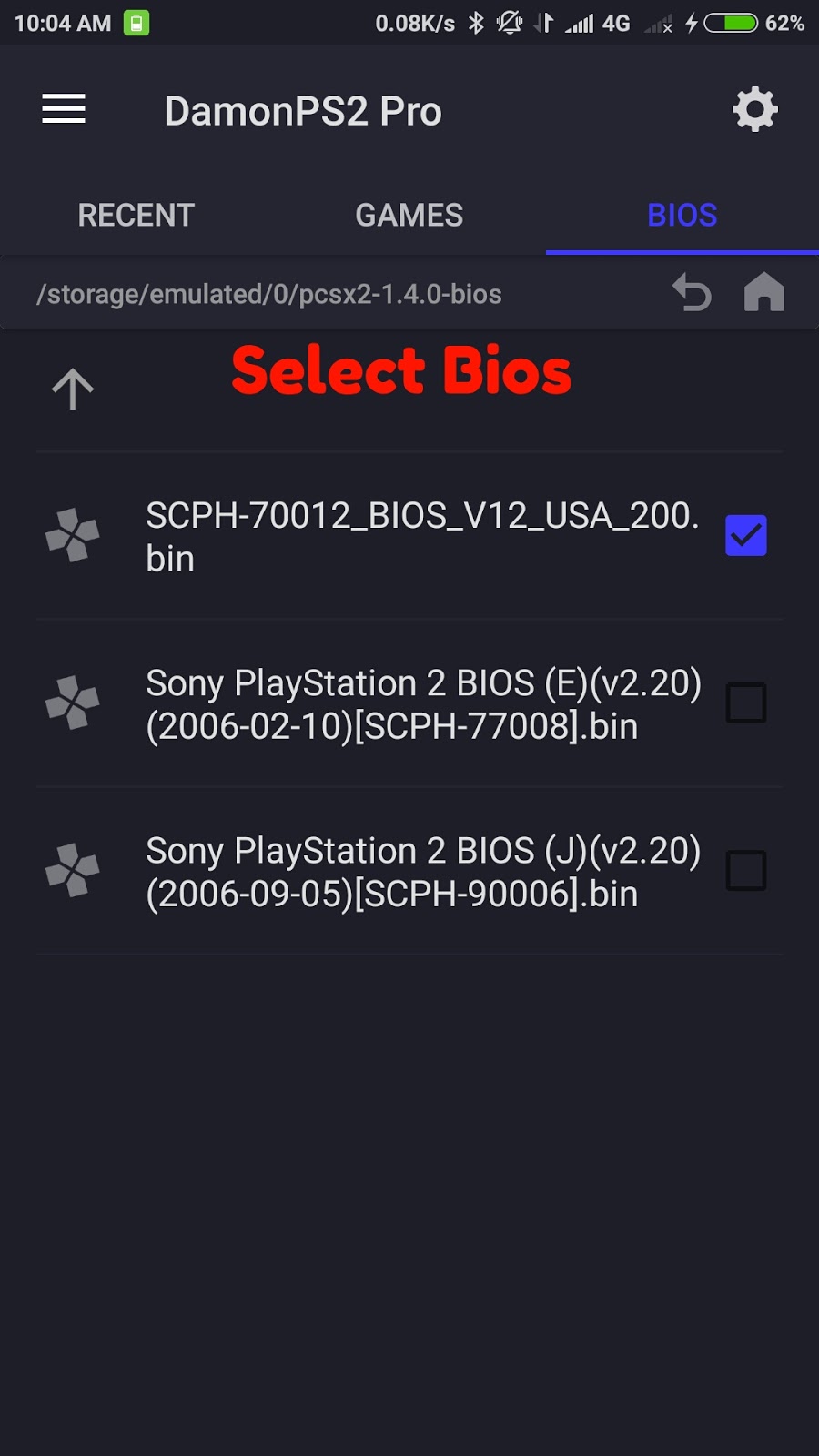

This doesn’t work well with every game, but it’s worth experimenting with this option if your preferred game has some headroom for a higher resolution.

This can bring a major speed boost as well, but requires at least three big CPU cores. Another handy tip from the horse’s mouth is to enable the Multi-Threaded VU1 option (found in settings > app settings > system).The EE Cycle Rate should be changed to a negative number while the Cycle Skip should be set at a positive number. This can be accomplished by visiting settings > app settings > system, then choosing the EE Cycle Rate (Underclocking) and EE Cycle Skip (Underclocking option) fields. The developer also recommends that those with slower phones try underclocking the emulated console’s CPU.

This is handy if you’ve got one game that requires plenty of tweaks, while the rest of your library works just fine with minimal changes. In case you didn’t know, you can tap and hold on a game listing to adjust settings for that title only. The Vulkan API generally delivers a fast experience, but it might not deliver the best experience for all games. The Vulkan graphics renderer also works with Mali GPUs used in Exynos, Mediatek, and Hisilicon chipsets, but the developer hasn’t tested it fully and it has better support on Adreno GPUs. Try changing the graphics renderer from OpenGL to Vulkan, especially if you’ve got an Adreno GPU (used in Snapdragon processors).Fortunately, the developer includes a number of features and offers plenty of tips. It doesn’t help that there are hundreds of phone models and dozens of processors out there. Being an advanced PS2 emulator, AetherSX2 can be a major challenge for smartphones.


 0 kommentar(er)
0 kommentar(er)
